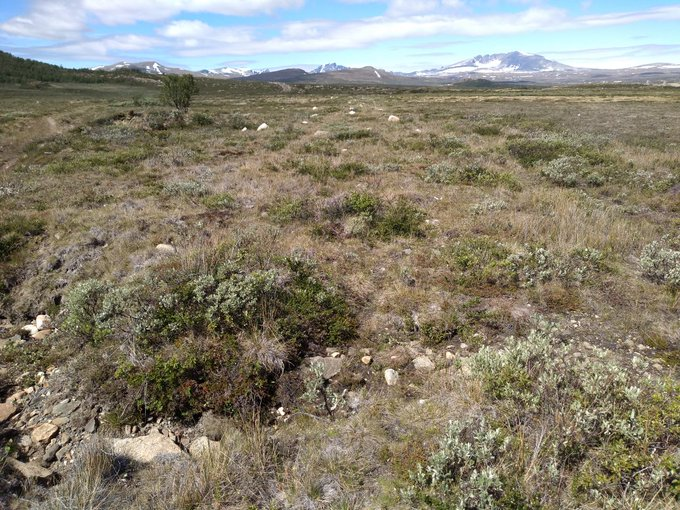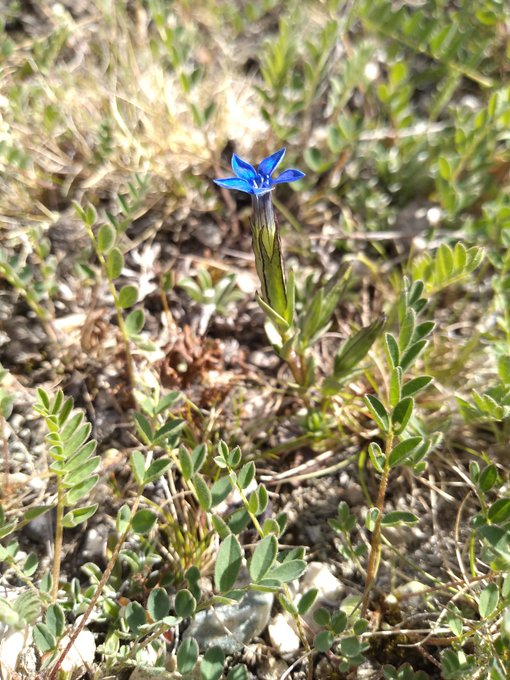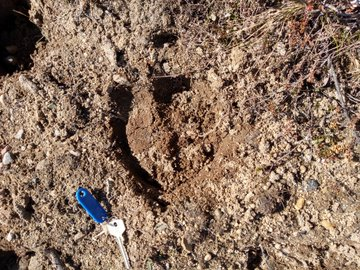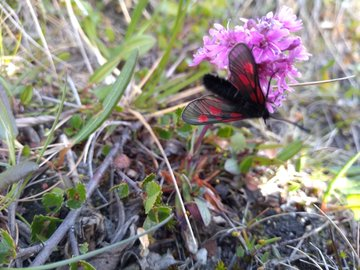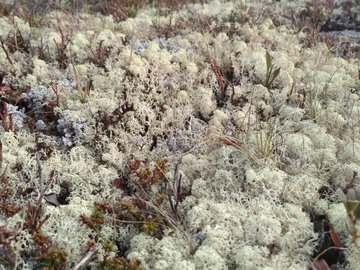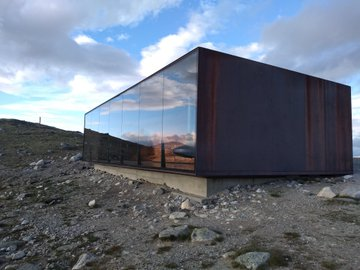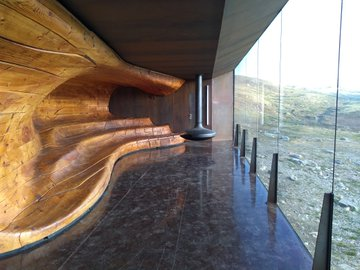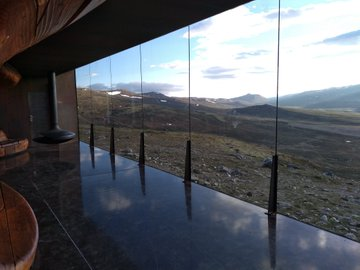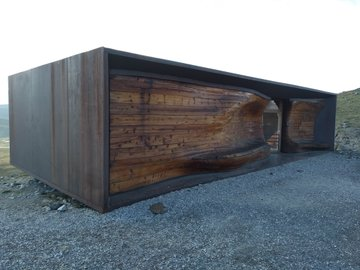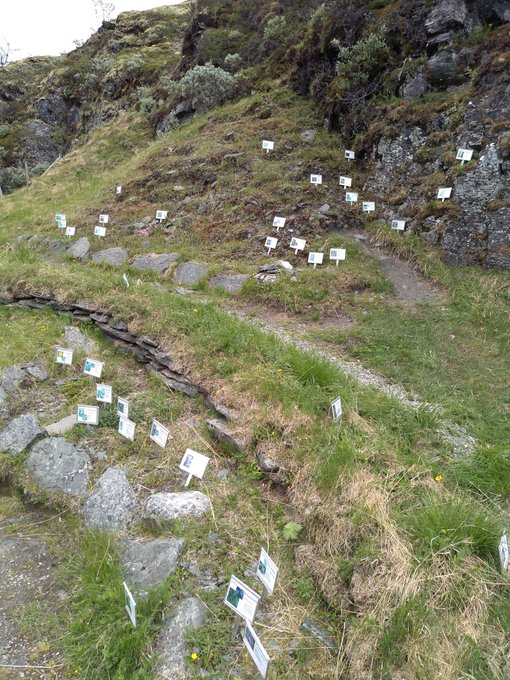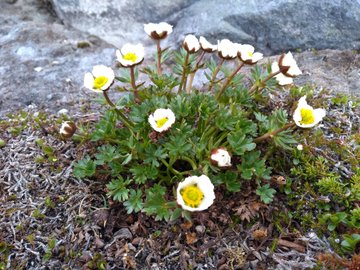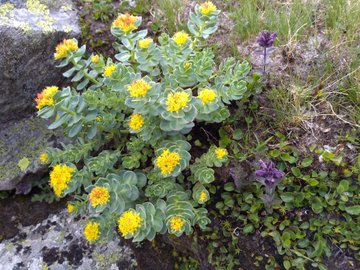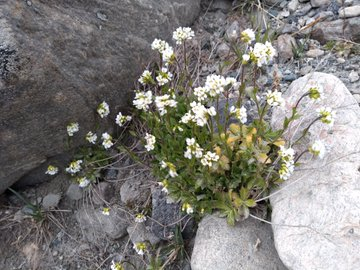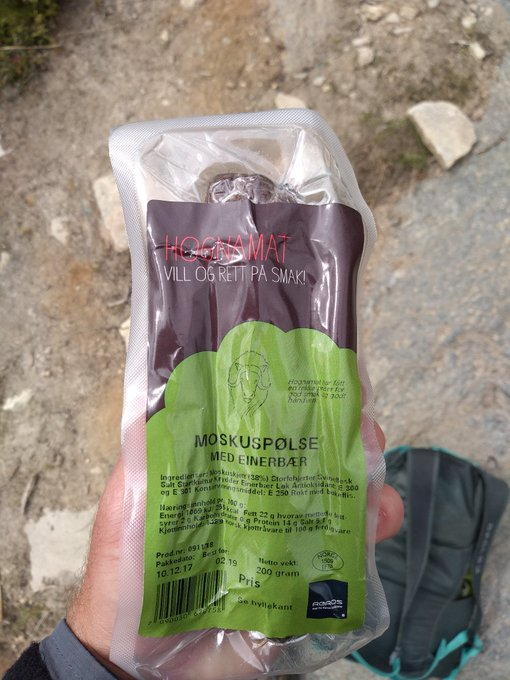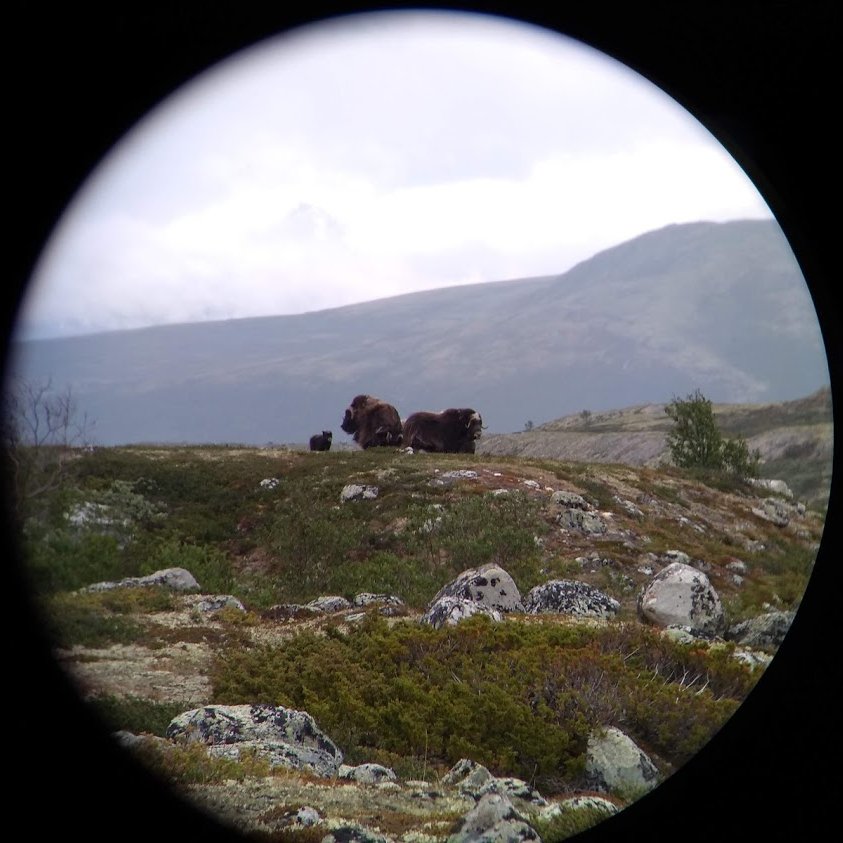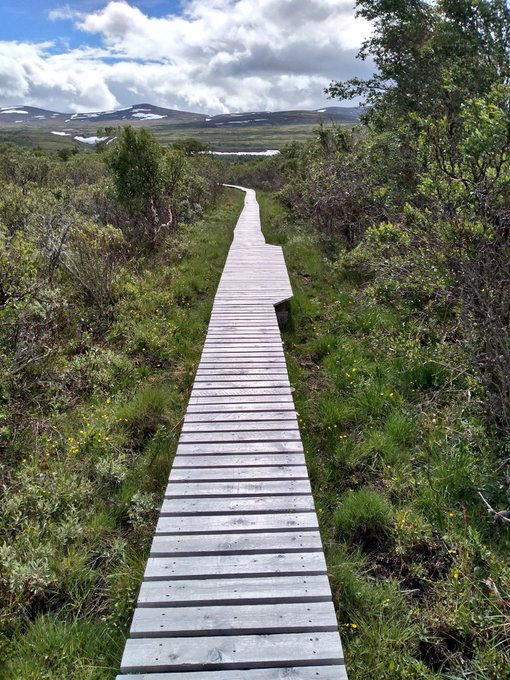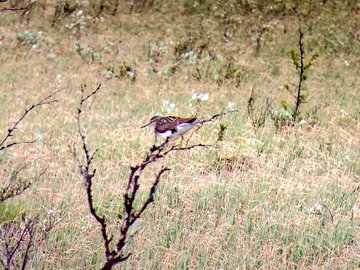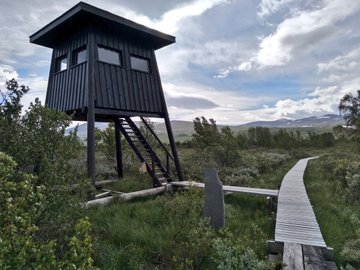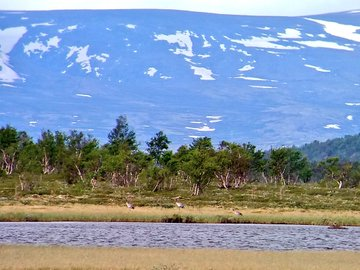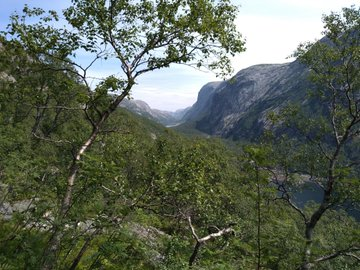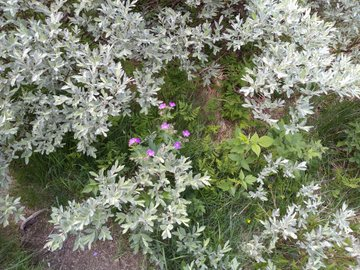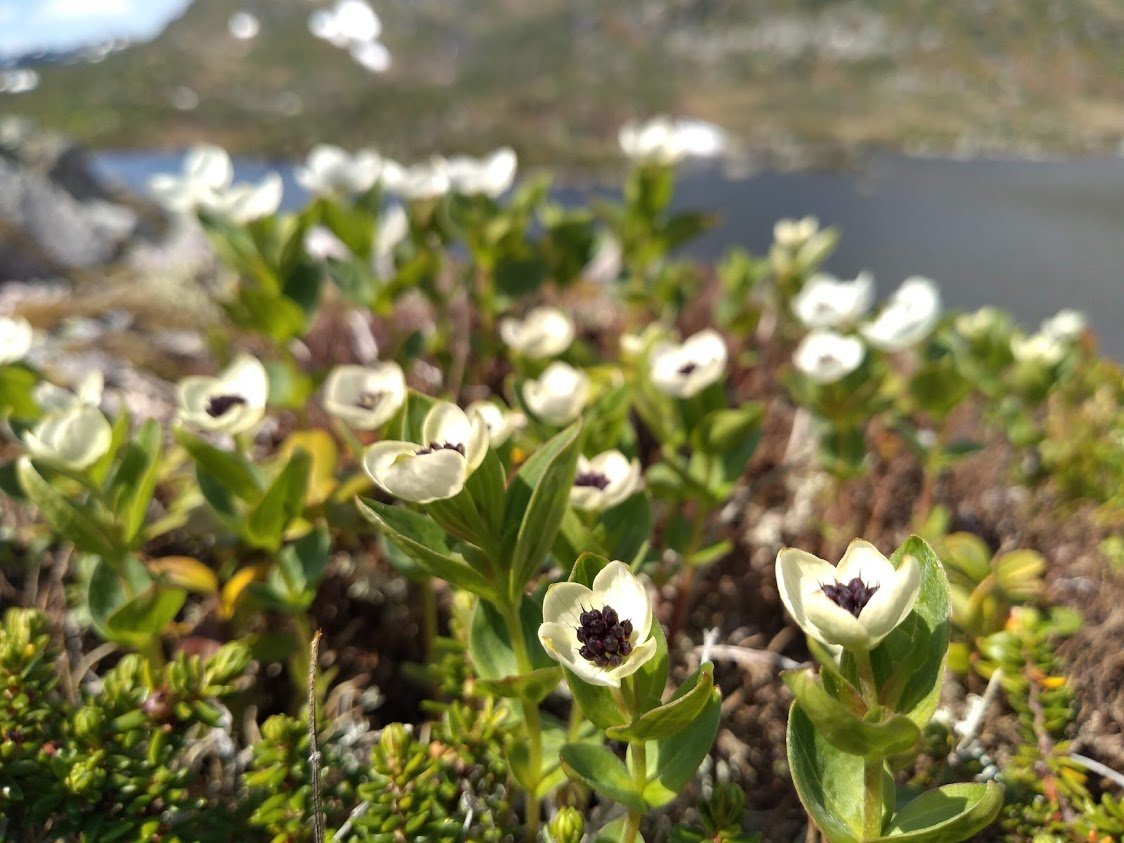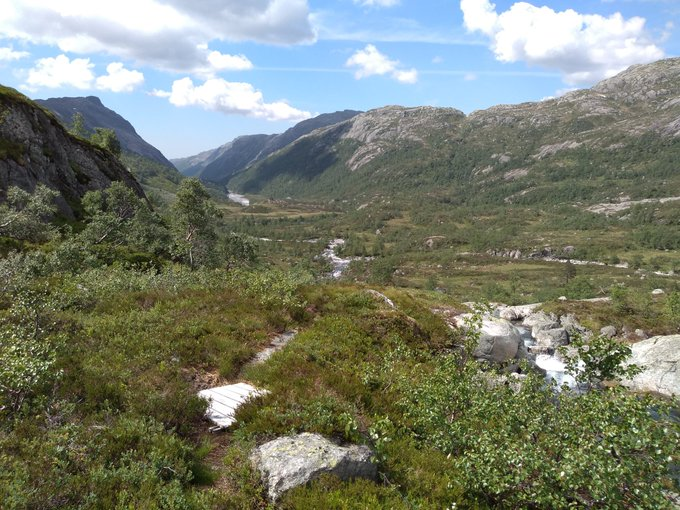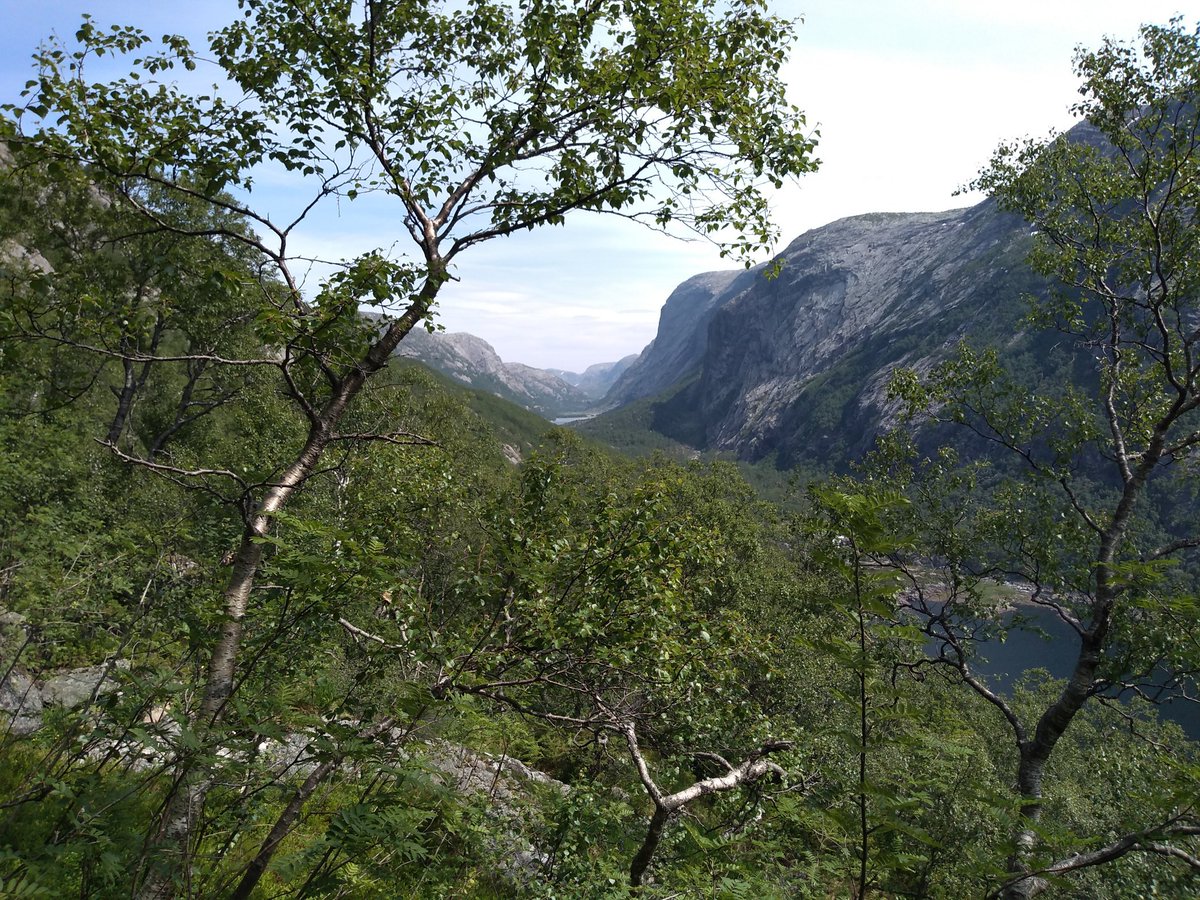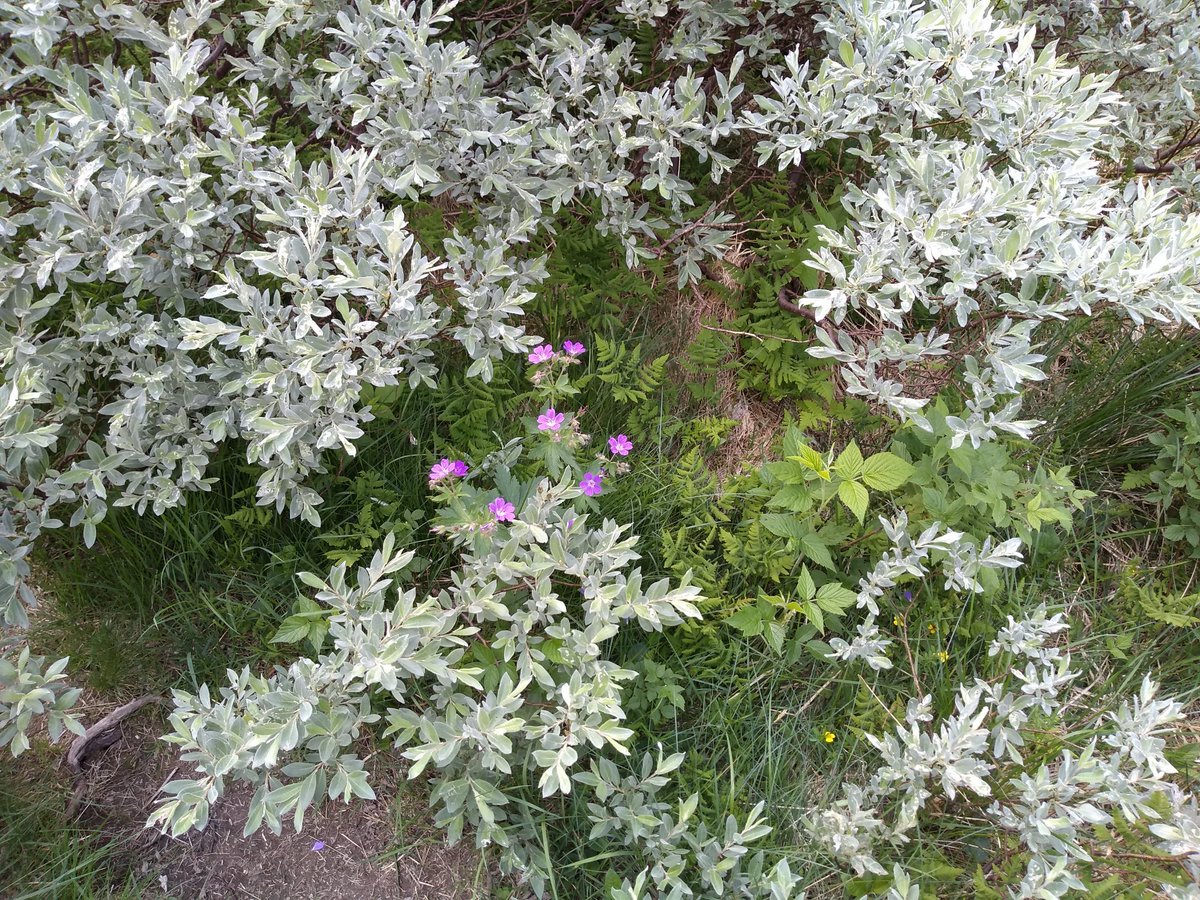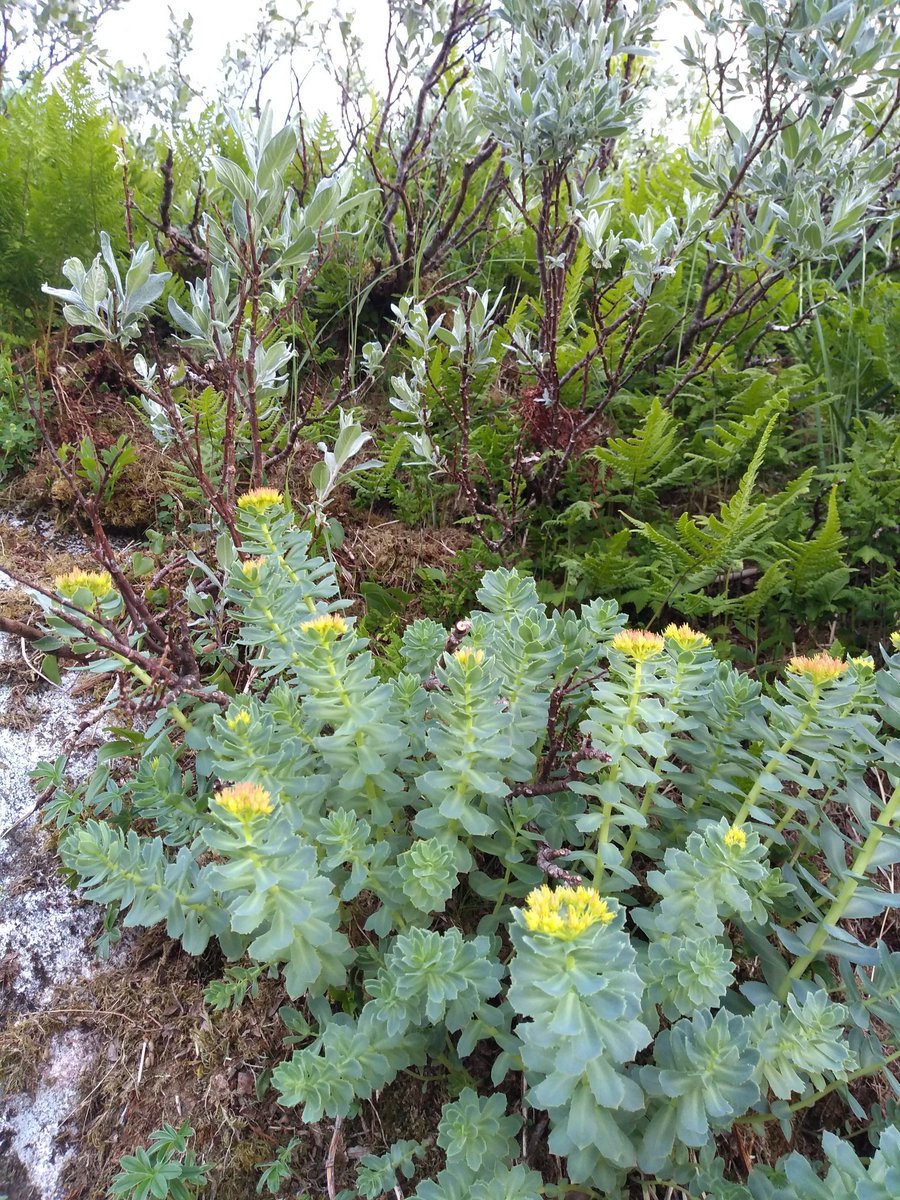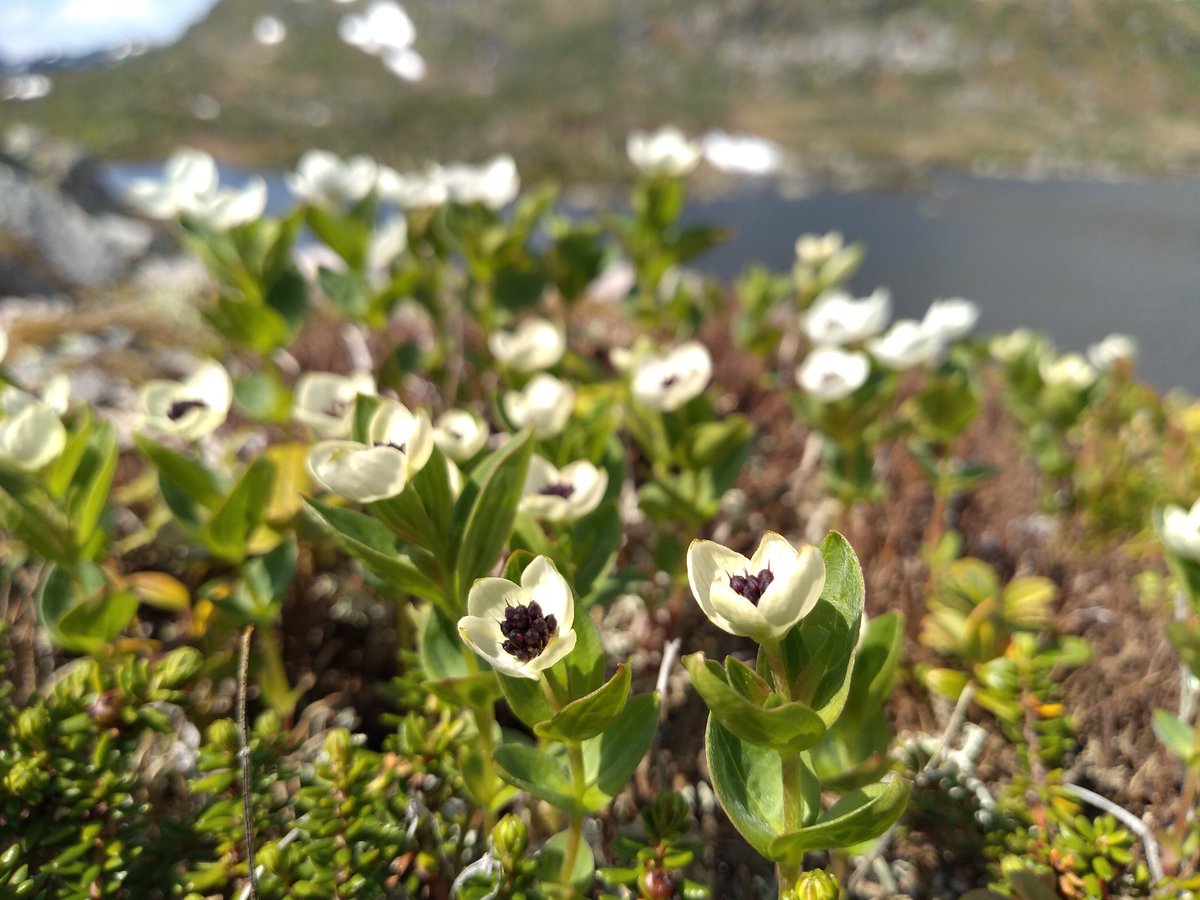This time 2 years ago, I went on sabbatical to SW #Norway to learn about montane habitats. Was supposed to be going again this year, which obviously isn& #39;t going to happen. So here& #39;s a thread combining the daily tweets I made by way of re-living it all. LONG THREAD
Day 2. A trip to the SW coast, with a climate very similar to the Hebrides. Massive #woodland regeneration in an area that was treeless grazing heath 60 years ago. This little patch has aspen, hazel, whitebeam, oak, juniper, birch, rowan, lime, willow.
Day 3. Learning lots about self-willed woodland recovery, which is every bit as dramatic for the herb layer as for the trees. The heathy understory in Fidjadalen, has dwarf cornel, chickweed wintergreen, bog bilberry & cloudberry, all ultra-rare back home. #wildflowers
Day 4. Up to the willow zone to see some proper Montane scrub, a habitat that has almost completely gone from the UK hills. Amazing to hear willow warbler, cuckoo & reed bunting so high up, alongside willow grouse, breeding fieldfare & redwing, & bluethroat (!)
Day 5. In extensive montane heaths above the treeline, with bearberry, trailing azaelea, dwarf birch, dwarf willow, blue heath, bog bilberry, juniper. Can we reconstite this community from the sacttered fragments we have left to restore our mountain tops?
Day 6. A big hike through a wild landscape, starting in Scots pine woodland, through the birch zone, the willow zone and up onto the montane heath on the tops. Moose, reindeer and red deer managed to allow natural processes to operate.
Day 7. Seeing incredible woodland and wild feeling habitats all over the place, but this is still very much a peopled landscape, with farming, hunting, forestry & recreation playing important roles in both shaping the landscape and people& #39;s connection to it.
Day 8. Norway is an incredible place for #wildflowers. The whole landscape is rammed with species we think of as super rareities at home. For example, may lily, trailing azaelea, blue heath and dwarf cornel are like weeds here
Day 9. Now the real adventure begins, with just me, a heavy bag & a massive landscape. Fled Stavanger & hiked up to a spot 1km asl. Obviously an area with more grazing. Plant life less interesting, with lack of willow scrub & corresponding lack of birds.
Day 10. Bit lower down the hill now, camping at around 600m to get a better feel for how the willow zone grades into birch. Really feels like these high(ish) woody habitats are what& #39;s missing from the #LakeDistrict. They are full of flowers and birds.
Day 11 (half way through). A day of plant surveying, using the same method we use at @WildHaweswater to see how diversity compares with similar locations back home. Up on the tops, tiny patches growing on almost bare rock typically have about 7 or 8 species here.
Day 12. Hiked 10 miles through the valley of Fidjadalen, through a wonderful mosaic of woodland, scrub, heath & mire. One of the best things about this trip is seeing how these habitats merge into one another, unconstrained by boundaries or micro-management
Day 13. Perhaps the most amazing thing about SW Norway is that 100 years ago it was almost treeless. The pics show Fidjadalen in the early 1900s (from the display in the small museum here) and from the same spot today. I haven& #39;t seen any trees over 100ya
Day 14. My last day in wonderful Fidjadalen. Living simply, studying the ecology, daily swimming in rivers & lakes has all been as spiritually uplifting as it has been enlightening. If only there were more places as naturally rich & extensive as this at home.
Day 15. A humdrum day of travelling today, so here are a few wildflower pictures from Fidjadalen from the last week to keep the thread intact. All rare species at home and a lot easier to see here. [Just saw a moose out of the train window! That& #39;s brightened up the journey]
Day 16. Travelled east to Oslo, then North to the Dovrefjell Mountains; from one of the wettest parts of Norway to one of the driest, with tundra like vegetation. Looking forward to learning about the massive scale restoration work that& #39;s been happening here
Day 17. Fascinating day learning about Norway& #39;s largest ever habitat restoration project on Hjerkinn ex-military range. Large scale, long term, ambitious & science-led with impressive results, in conditions way more challenging than we have to cope with at home
Day 17. Well that was a rewarding evening walk from Hjerkinn. Another musk ox, bluethroats foraging in the willow scrub, redwings, fieldfares, bramblings and cuckoos and more spectacular #wildflowers and #lichens that you could shake a stick at. I really rather like #Norway
If @WildHaweswater ever has need of a hide, I& #39;ll be demanding one at least as awesome as this. The jaw-dropping viewpoint Snohetta, in Dovrefjell National Park, #Norway
Day 18. Morning spent at the excellent #Kongvsoll alpine garden, where the incredible diversity of local plantlife (270 species in 1ha!) is labelled. Then out into the hills to put new found knowledge into practice.
Day 19. A carefully regulated system of hunting of wild grazers is key to Norway maintaining rich habitats. Norwegians seem to value these species both for their intrinsic value & as food. In this spirit I have today enjoyed both seeing & eating musk ox.
Day 20. Visited #Fokstumyra Nature Reserve. Some fantastic bird sightings, but striking that I had seen almost all the species already in the wider countryside. A real contrast to reserves at home which are too often totally boxed in by land hostile to wildlife
Day 21. Well that& #39;s it, I fly home tomorrow morning. Been an amazing, educational & inspiring trip. The hill areas I visited are a blueprint for what the higher altitude areas of the @lakedistrictnpa could be like; richer, wilder and far more beautiful.
This trip has shown me that upland landscape change is possible, desirable, not frightening & could significantly enhance public engagement with nature. It& #39;s also shown me that very low levels of sheep grazing can be compatible with rich upland habitats
I& #39;ve learned a lot about upland ecology, about which species should fill the empty spaces in our hills. Nearly all of the key species are hanging on at home. Time to rescue them and get them back to the places they belong. Get the plants right, and the other wildlife will follow.

 Read on Twitter
Read on Twitter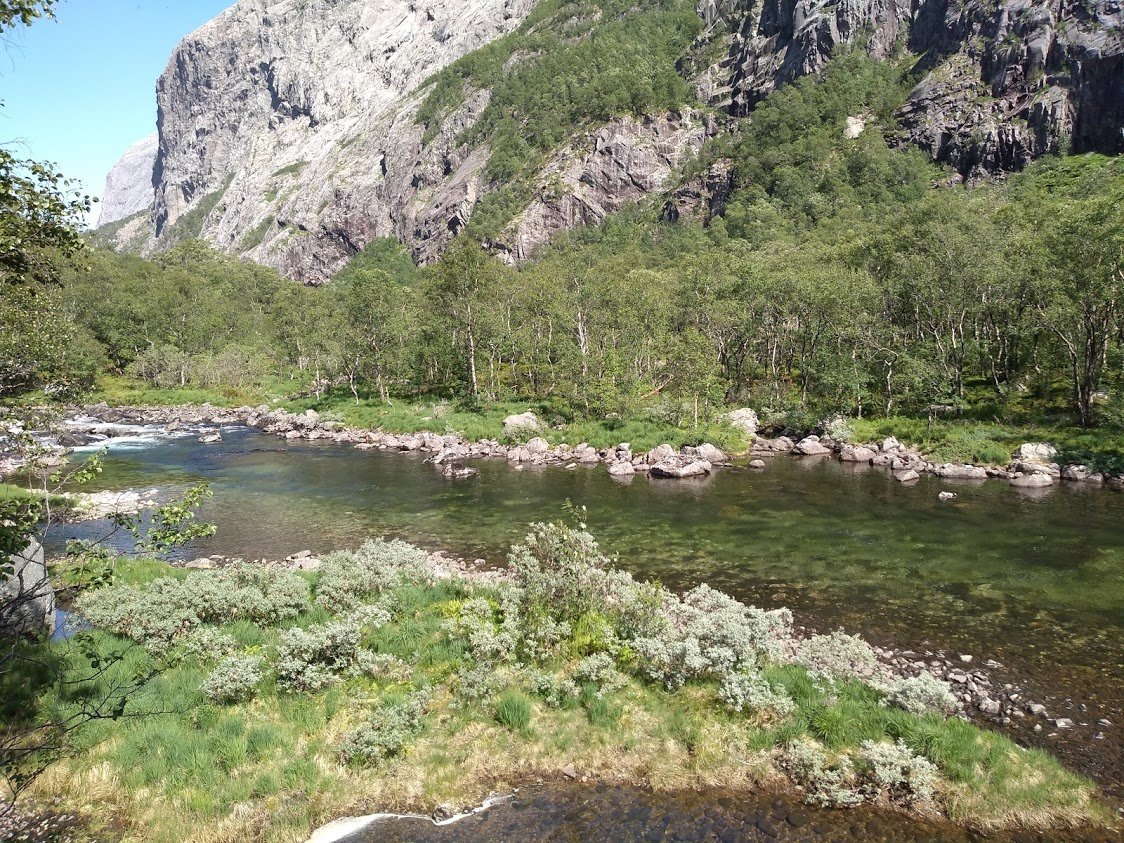
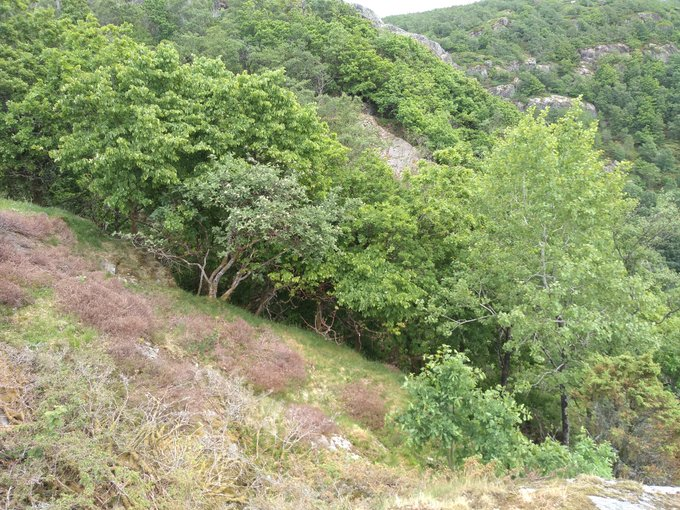
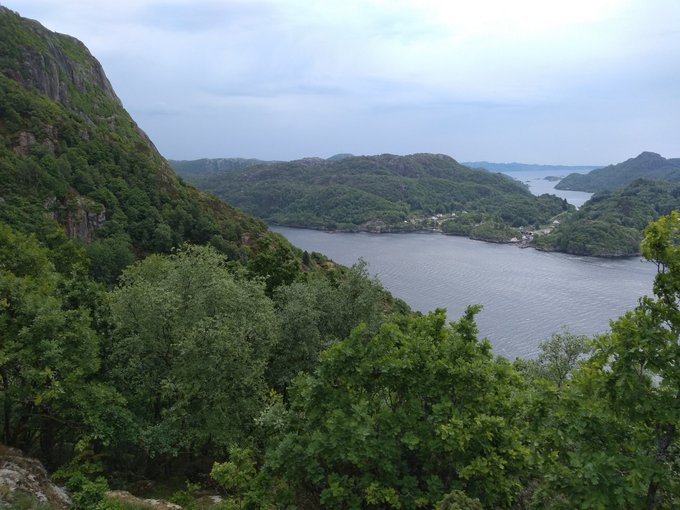

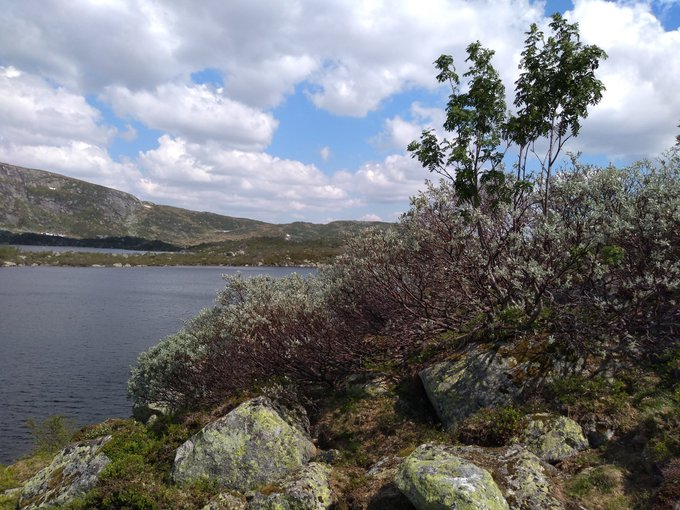
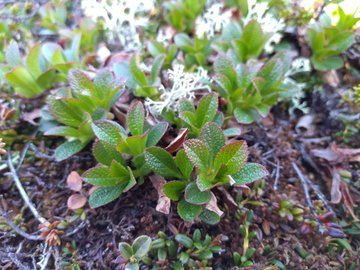
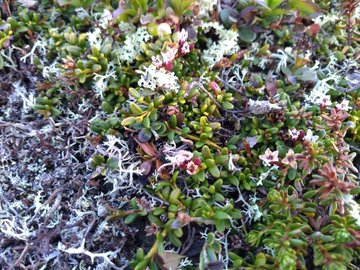
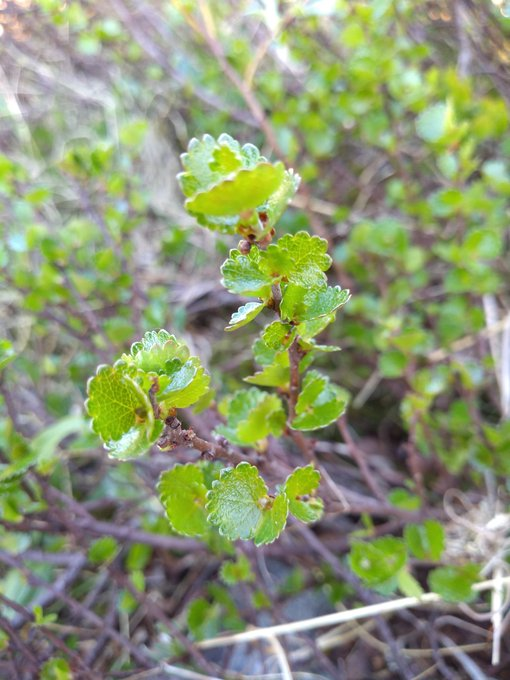
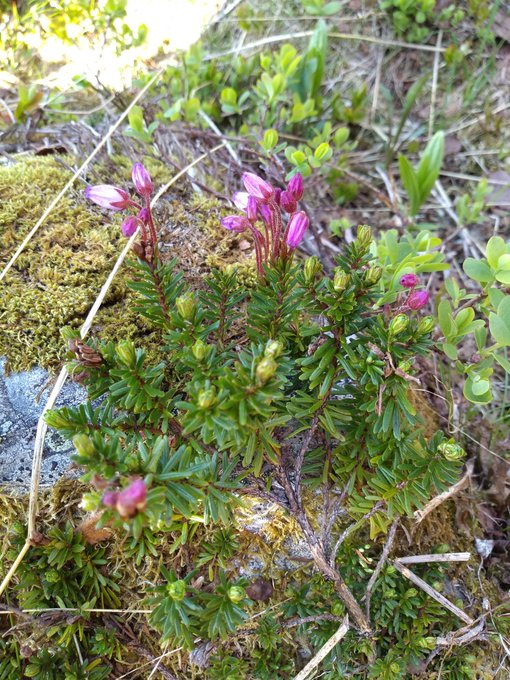
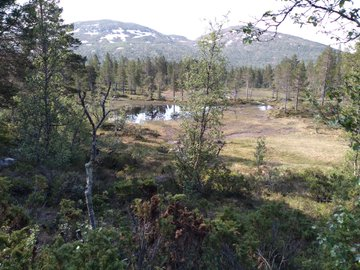
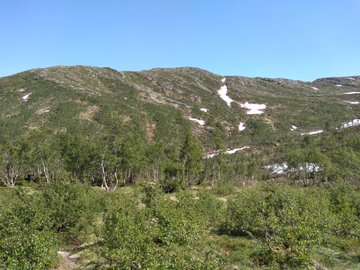
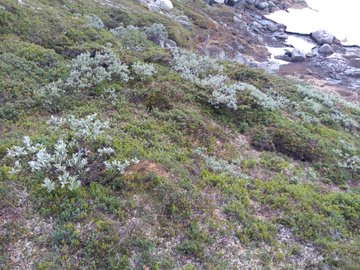
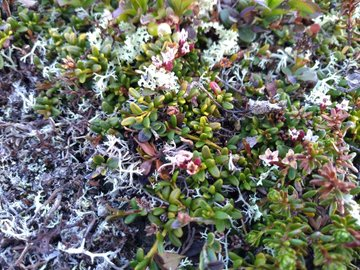
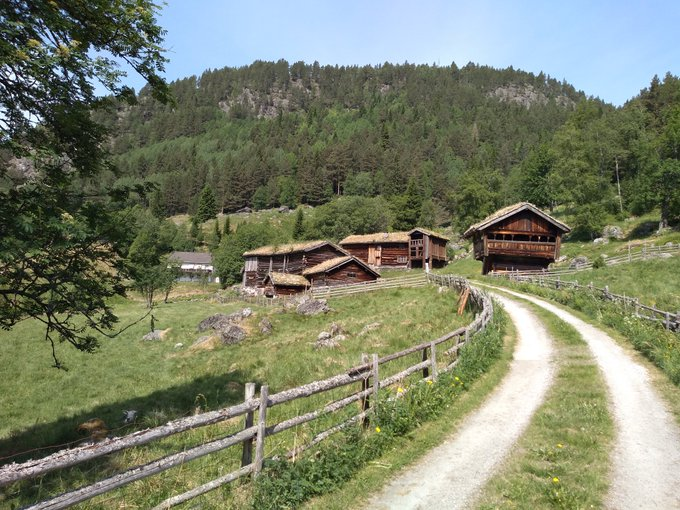
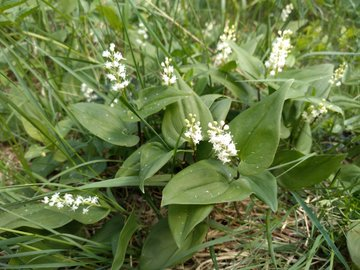
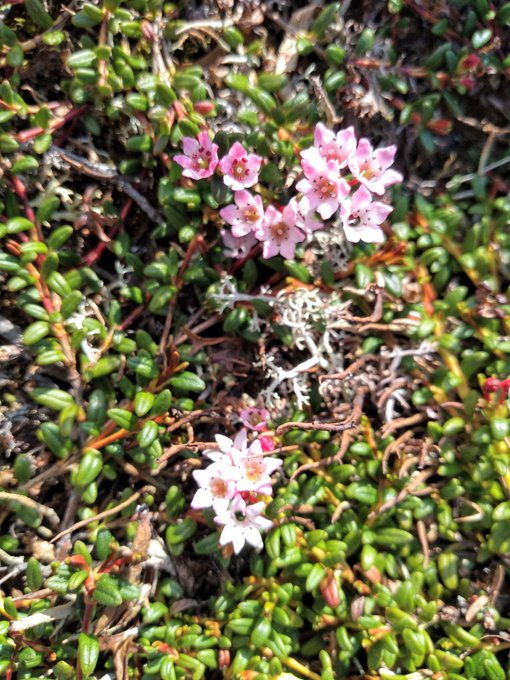
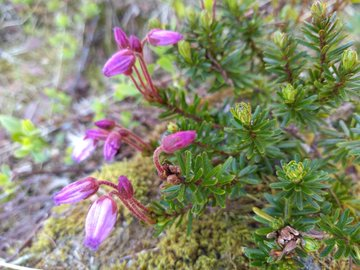


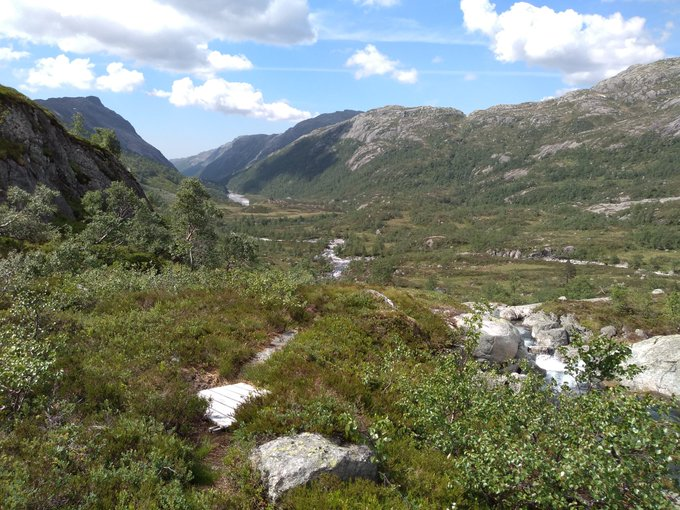


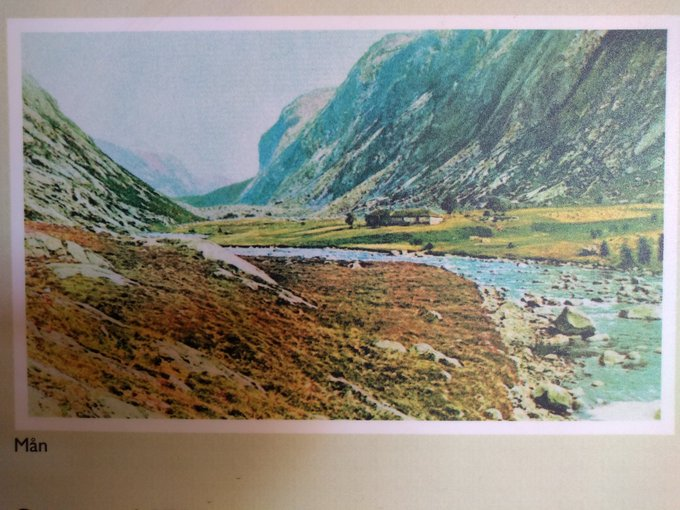
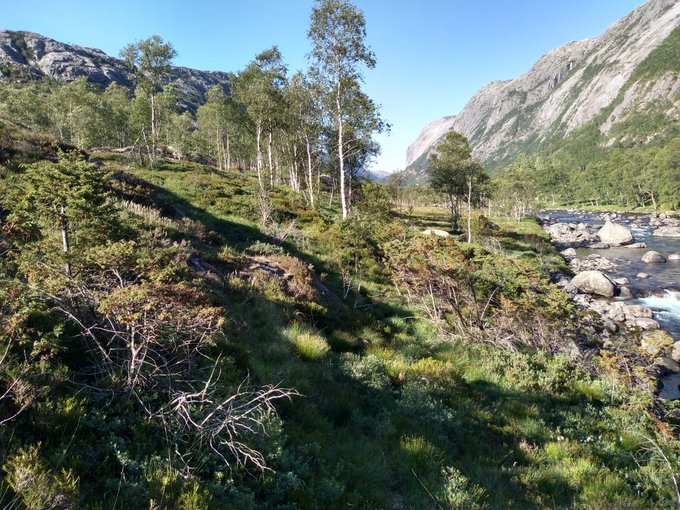
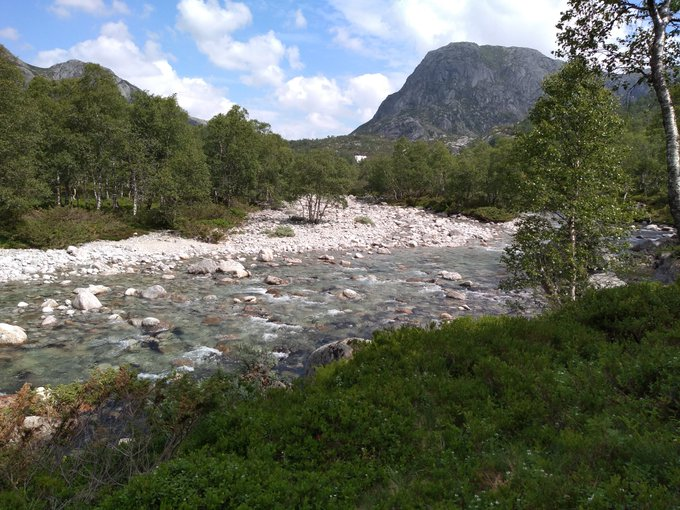
![Day 15. A humdrum day of travelling today, so here are a few wildflower pictures from Fidjadalen from the last week to keep the thread intact. All rare species at home and a lot easier to see here. [Just saw a moose out of the train window! That& #39;s brightened up the journey] Day 15. A humdrum day of travelling today, so here are a few wildflower pictures from Fidjadalen from the last week to keep the thread intact. All rare species at home and a lot easier to see here. [Just saw a moose out of the train window! That& #39;s brightened up the journey]](https://pbs.twimg.com/media/EZBLFZeXQAEZjpv.png)
![Day 15. A humdrum day of travelling today, so here are a few wildflower pictures from Fidjadalen from the last week to keep the thread intact. All rare species at home and a lot easier to see here. [Just saw a moose out of the train window! That& #39;s brightened up the journey] Day 15. A humdrum day of travelling today, so here are a few wildflower pictures from Fidjadalen from the last week to keep the thread intact. All rare species at home and a lot easier to see here. [Just saw a moose out of the train window! That& #39;s brightened up the journey]](https://pbs.twimg.com/media/EZBLGsiXYAAj4Wx.png)
![Day 15. A humdrum day of travelling today, so here are a few wildflower pictures from Fidjadalen from the last week to keep the thread intact. All rare species at home and a lot easier to see here. [Just saw a moose out of the train window! That& #39;s brightened up the journey] Day 15. A humdrum day of travelling today, so here are a few wildflower pictures from Fidjadalen from the last week to keep the thread intact. All rare species at home and a lot easier to see here. [Just saw a moose out of the train window! That& #39;s brightened up the journey]](https://pbs.twimg.com/media/EZBLH5jXgAAMrFD.png)
![Day 15. A humdrum day of travelling today, so here are a few wildflower pictures from Fidjadalen from the last week to keep the thread intact. All rare species at home and a lot easier to see here. [Just saw a moose out of the train window! That& #39;s brightened up the journey] Day 15. A humdrum day of travelling today, so here are a few wildflower pictures from Fidjadalen from the last week to keep the thread intact. All rare species at home and a lot easier to see here. [Just saw a moose out of the train window! That& #39;s brightened up the journey]](https://pbs.twimg.com/media/EZBLJXeWsAEaPr-.png)

